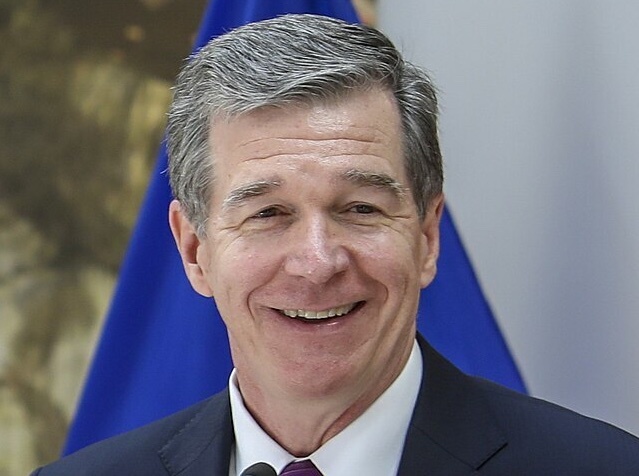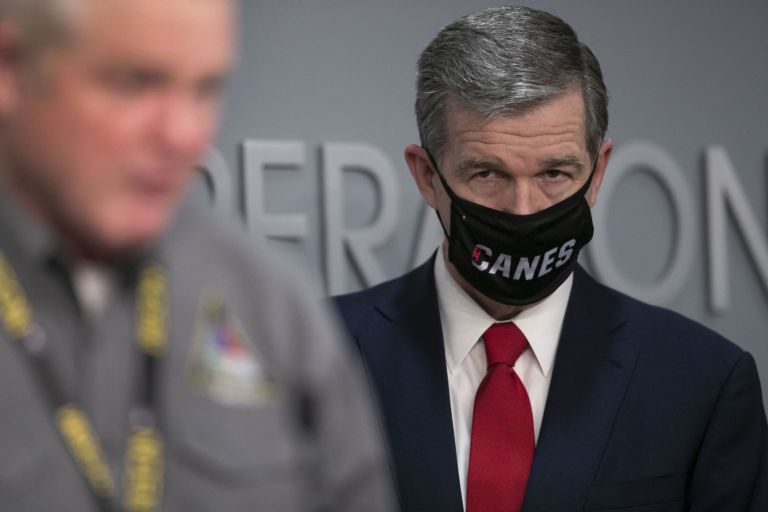My previous post discussed a critical omission from Emily Oster’s wish for a Covid “amnesty”: there’s no repentance, not even an apology. Oster wrote that those who got it right “had a hefty element of luck,” as if their opinion had little more intellectual basis than a scratch-off lottery ticket or dice toss. Conveniently, it meant the same for those who “got it wrong.”
In my recent article for the American Institute for Economic Research, I wanted to highlight the millions of Americans from all walks of life who “got it right” — and what it cost them. Some highlights follow.
Questioning lockdowns and trying to keep working
I wanted to praise the countless numbers of “unheralded men and women who, even if they were fearful, nevertheless went about their daily lives as diligently as they could.” They tried to make the best of a bad situation and even worse policies. They tried to keep working for their families. They asked, “Why are we closing businesses and locking people in their homes? We never did that for other pandemics.”
The answer at the time was computer modeling wildly overestimating infections and mortality:
Media braced us for field hospitals once the regular beds were taken and told us to be prepared for hard choices over who gets treatment and who’s left to die. Health care workers coming to work and braving exposure were hailed as heroes. They watched as those predictions failed spectacularly, and then they saw that the nurses had time to record elaborate song-and-dance routines on social media to promote masking and social distancing.
Asking why the official story on masking changed
On the heels of the unheard-of policy response of lockdowns and the admitted failure of the computer modeling behind them came a shocking policy reversal on face masks. It was to be the first of many such prominent changes, and for those who would later be said to have gotten it right, it caused a great deal of questioning of what government leaders and public health officials were doing:
They asked why and wanted to know what changed when face masks were forced on people. They remember how politicians first told us not to wear them, to save them for health care workers in the coming onslaught of patients, and to remember that research showed they weren’t effective against viruses, anyway. Unconvinced, they didn’t submit, despite being ostracized and shunned; mocked for not “following the science”; forbidden entrance from some grocery stores, restaurants (once they were reopened), other businesses, even churches; told that they hated other people and wanted to kill grandmas; and were cursed and shouted at and even assaulted in public.
Something in them, however, refused to live a lie. Their consciences wouldn’t let them. So they didn’t take the easy way, because they couldn’t go along with superstition and baseless humiliation. They hoped others would take heart from their example.
They witnessed proof of vaccination become a new apartheid.
Being blamed for every infection
An unfortunate byproduct of the initial computer modeling of Covid-19 infections and deaths being so off-base was that people forgot that, from the very beginning, the expectation was that we were all going to contract a Covid infection eventually. It was a major part of the “flatten the curve” justification for lockdowns: supposedly to keep it from happening all at once. Soon, however, people forgot that inevitability. What happened next?
[T]he notion grew that contracting an infection had to be somebody’s fault for not minding all the changeable government diktats, either yours or somebody else’s. An ugly, palpable hatred brewed for Covid dissenters by those who “did everything right” but still got sick.
Wondering why the virus was said to target some gatherings and protests, but not others
Then people started seeing that, according to the politicians, public health officials, and their media mouthpieces, the virus differentiated among protests and gatherings. It seemed to have the exact same political preferences as the lockdowners. Church services, gatherings celebrating Easter and Independence Day, crowds at outdoor sporting events, and even peaceful protests of Covid lockdowns were decried as “superspreader events,” but others were welcomed:
Some took to the streets in peaceful protest. They were told the very act was deadly. Some were arrested, and some were even violently beaten — supposedly in the interest of keeping people safe and healthy. Then they watched violent, destructive protests occur for different reasons and heard them being excused as too important for the virus to disrupt. Cities even imposed curfews on the law-abiding to make it easier for rioters to roam about wreaking havoc.
Navigating everything that happened with the vaccines
If policy reversals had been bad before (and they had), what happened to government messaging, orders, and treatment of fellow Americans over Covid-19 vaccines was even worse. That full story has not been written yet, and there are grave concerns that we won’t know the full ramifications for years:
They remember when people were told the masks were just until the vaccines were ready, and then that the vaccines were 99 percent effective. They watched with growing alarm as the publicly proclaimed effectiveness of the vaccines got ratcheted down, again and again and again. They saw the vaccines being mandated by some employers and states and then by the president, and then — incomprehensibly — the mask mandates restored. They wondered, if the ostensible public good served by vaccine mandates was immunity to the virus, why none of the politicians or public health officials behind the mandates allowed for the greater immunity conferred by recovery from a natural infection.
They witnessed proof of vaccination become a new apartheid.
Denial of natural immunity included destroying the livelihoods of many of those same nurses and doctors hailed as heroes in 2020. They were fired or forced into early retirement in 2021 for not submitting to vaccination mandates despite having already gained hard-earned natural immunity.


